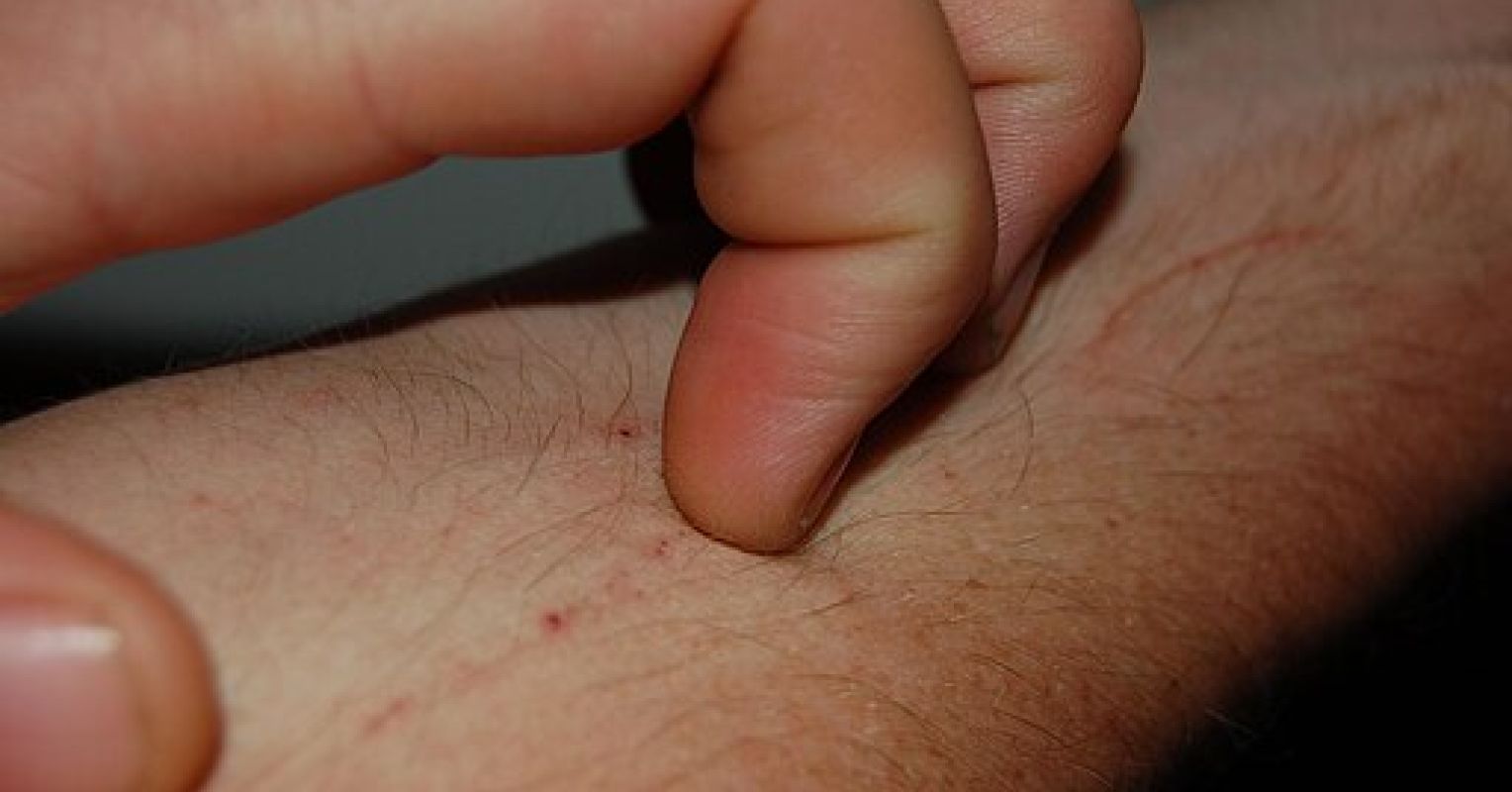
Human bodies can itch in countless ways. Mosquito bites torment with an insistent pique. In winter, dry skin can set off vicious cycles of irritation and scratching. Itches in places socially unacceptable to scratch can cause humiliation and misery. Neurochemically, human bodies register (or create) itches and pains in related ways (Kandel et al. 2021, 425-27). Socially, however, itch lacks the dignity of pain. Complaints about itching tend to be met with more laughs than sympathy.
Treating itches starts with the ability to communicate sensations in words. In the past decades, patients have benefited from the McGill Pain Questionnaire, which Ronald Melzack and W. S. Torgerson developed by analyzing people’s descriptions of their pains (Melzack & Torgerson 1971; Scarry 1985, 7-8). In 1997, German dermatologists and neurophysiologists developed the Eppendorf Itch Questionnaire, which like the McGill scale aims to quantify intensity based on patients’ words (Darsow et al. 1997). More recently, allergist Yukihiro Ohya and his colleagues created a verbal questionnaire to determine itch intensity based on the words Japanese patients used for their atopic dermatitis. “Muzumuzu,” translated as “creepy-crawly,” figured prominently (Ohya et al. 2024, 2). Ohya and his team argued that attending to “significant expressions” like muzumuzu could “promote more appropriate treatment” for people suffering from itches (Ohya et al. 2024, 2).
In developing treatment for overpowering itches, language matters greatly. But among human bodily sensations, itches may be the hardest to describe. To study how easily perceptions in different sensory modalities can be encoded in words, Asifa Majid and her colleagues compared people’s descriptions of sights, sounds, smells, tastes and touches in 20 different world languages (Majid et al. 2018, 11369). The participants’ responses fell into three categories: 1) abstract (directly descriptive, such as “a sharp, pungent taste”), 2) source-based (comparative, such as “tastes like a banana”), or 3) evaluative (“tastes terrible”) (Majid et al. 2018, 11374). The more trouble people had characterizing their perceptions, the more likely they were to use source-based or evaluative descriptions (Majid et al. 2018, 11374). Majid’s group found no universal sensory hierarchy that ordered modalities according to codability (Majid et al. 2018, 11371). Cultures varied considerably in terms of which sensations their members found easiest to describe. Smell constituted an exception: Hardly anyone could describe it easily (Majid et al. 2018, 11375). Majid’s team didn’t test the describability of itch.
Because finding words for sensations matters clinically, it pays to consider descriptions crafted by fiction writers and poets. Creative writers spend their lives seeking words to characterize interrelated bodily and mental experiences so that when people read their works, readers can imagine what the characters are feeling. In The Overstory, novelist Richard Powers describes the itching of a passionate scientist, Pat Westerford: “She works all day in the woods, her back crawling with chiggers, her scalp with ticks, her mouth filled with leaf duff, her eyes with pollen, cobwebs like scarves around her face, bracelets of poison ivy, her knees gouged by cinders, her nose lined with spores, the backs of her thighs bitten Braille by wasps, and her heart as happy as the day is generous” (Powers 2024, 155). In this extraordinary novel about people’s relationships with trees, Dr. Westerford itches all over.
Powers’ description draws on the ways that sensory modalities are connected. As Ohya’s group found in developing their questionnaire, itches can be described (or experienced) with reference to other modalities such as pain (Ohya et al. 2024, 2). As Majid’s team saw, difficult descriptions tend to elicit comparisons (Majid et al. 2018, 11374). Whether or not people write creatively, they may craft metaphors, using other sensory modalities to describe sensations that elude words, such as “If my itch were a sound, it would be loud static.” Powers uses a kind of multisensory camera to survey Dr. Westerford’s itching body. By encouraging readers to imagine how she looks, he invites them to imagine their way inside her so that they can feel what she is feeling. With the phrase “bitten Braille by wasps,” he even invites readers to imaginatively “read” her thighs with their fingertips and sense her itches from the bumps they encounter. By blending references to vision, movement, and touch, Powers describes compound itching without ever using the word “itch.”
As researchers continue to refine pain and itch questionnaires, studies of creative descriptions may prove useful—not just those of skilled writers but those of patients who turn poetic from desperation. The use of crossmodal metaphors for pain and itch offers a fruitful area for future research. Questionnaires assessing people’s itches and pains may elicit valuable information by asking how an itch or pain would look, sound, smell, or taste if perceived through a different modality.
